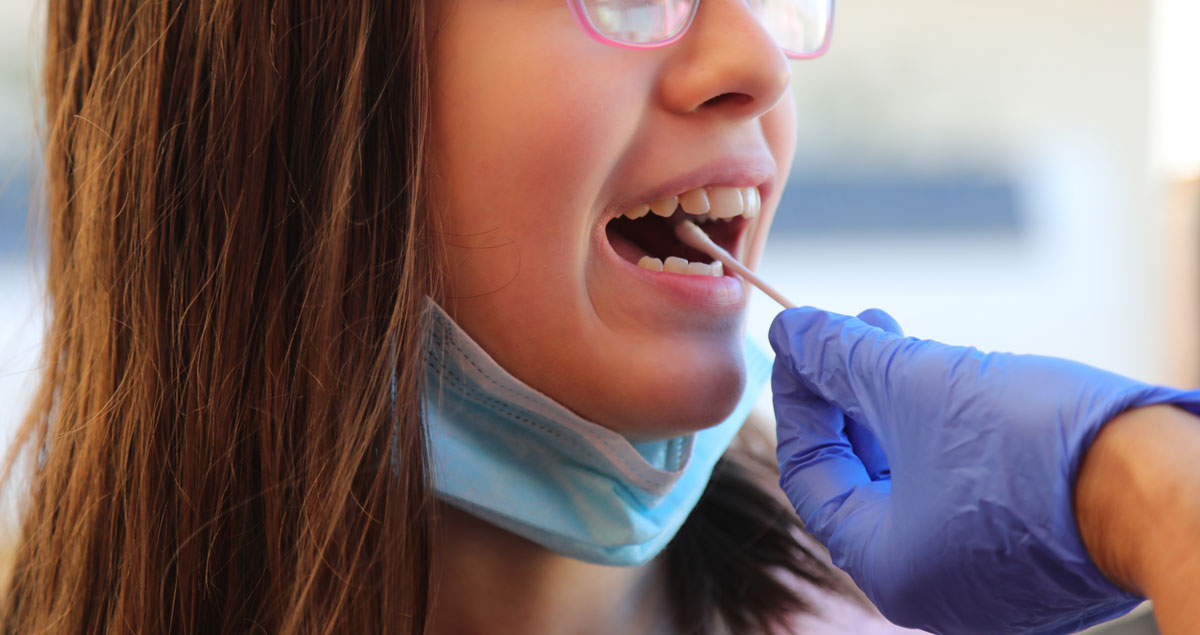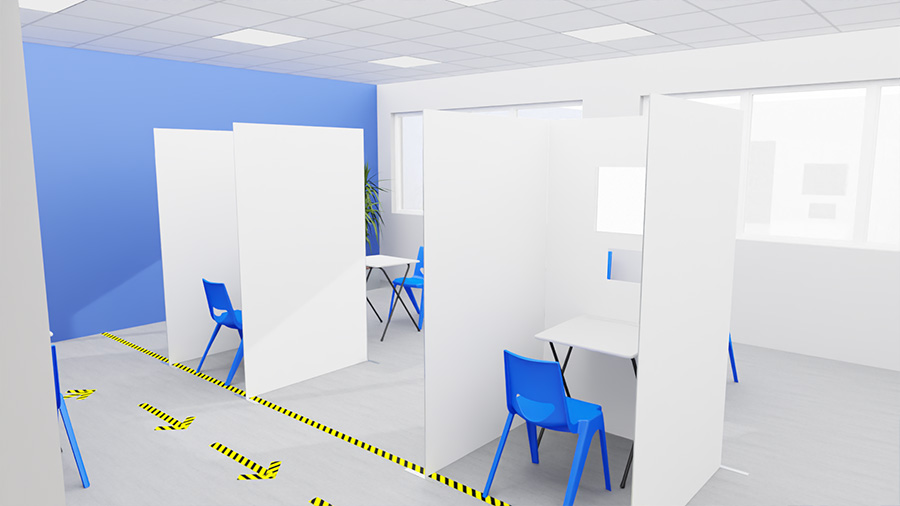From the beginning of January 2021, a new rapid testing regime for asymptomatic COVID-19 is being rolled out across all schools in England. The purpose is to identify persons who have COVID-19 but are asymptomatic, and to permit persons who have been in close contact with someone who has tested positive to continue attending school if they consent to participate in routine testing. It is predicted that 1 in 3 persons who has COVID-19 is asymptomatic.

Types of testing
- The government will supply every school with lateral flow antigen test kits which are quick swab tests that will be carried out on the school premises. Results are available in around 30 minutes of conducting the test.
- If a person either becomes symptomatic, or is tested positive by the lateral flow antigen test, they will be required to follow the standard procedure of getting a PCR test and normal isolation processes will apply
Testing process
- Staff will have access to a weekly lateral flow test after having received an initial two test 3 days apart (provided they have consented)
- All students from year 7 and above will receive two tests 3 days apart (provided they have consented).
- Thereafter students will just be tested when they have been identified as a close contact with someone who has tested positive. In this instance they will be required to have a daily test for 7 school days if they have consented to do so.
- Return to school in January is not dependent on being tested.
- Students who have been identified as close contacts will not be required to self-isolate unless they themselves or someone in their household becomes symptomatic or are tested positive
Setting up your testing stations
Testing sites can be set up in spaces of varying sizes provided they meet some key layout requirement.

Key Layout Requirements
- Test site flooring must be non-porous
- Test site must be well lit have good airflow
- Registration desk at the first point where test subject would enter the test site
- One-way direction of travel for test subjects. If not possible, enough room should be provided for test subjects to exit room whilst maintaining social distance
- Test subject chair in the swabbing bay should be minimum of 2m apart
- Each swabbing desk must have a processing desk close by – no more than 1m away. Recording desk must be close by
- Clear division between swabbing and processing area. This should be demarcated. Test subjects must not enter processing area.
- Testing kits delivered during w/c 4th Jan
- Training released for 4th Jan

Workforce Profiles
Schools and colleges will need to consider the following rules. More than one role can be taken on by one person.
- Quality Lead /Team Leader – Responsible for the overall on-site operations at the test site, including day-to-day workforce management. Ensure quality assurance, incidents, risks mitigation across the testing service.
- Test Assistant – Provides guidance and supervision to subjects on swabbing as requested. Collects completed swabs and pass them to the Processing Operartives. Ensures cleaning of swabbing bays.
- Processor – Provides test sampl for analysis, conducts processing of LFT and interprets result. Provides results to Results Recorder. Ensure cleaning of processing bays.
- COVID-19 Coordinator – Sign-off and schedules testing activities; ensuring communications and consents are actioned; management of positive cases as per school guidelines
- Registration Assistant – Responsible for ensuring subjects have registered and distributing test kits on arrival. Ensures orderly entry of subjects onto the testing site
- Results Recorder – Collates results from Processing Operatives and uploads to digital solution
- Cleaner – Cleans the testing bays, and ensures waste is correctly disposed of, including working with clinical waste provider to dispose of clinical waste
If you would like advice in how to best set up your testing station get in touch with our sales team on 0800 999 6061. You can see our full range of pandemic products here.
Buy our MPS Covid Testing stations here



